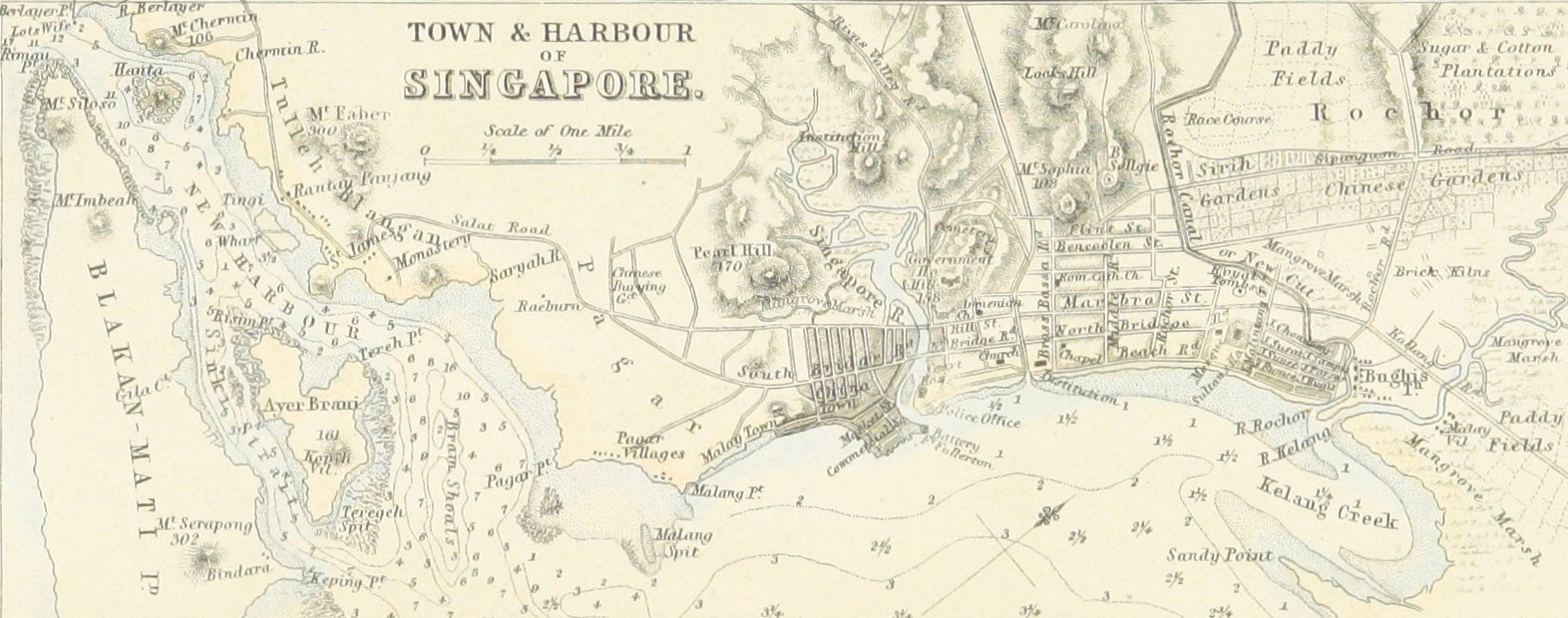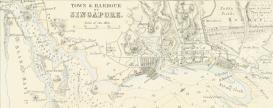Port facilities, stockyards, loading docks, railroad tracks, power grids—functional infrastructures form basic units of both modern cities and logistics. In this relationship, logistics is a conditioning force. Giving birth to a technologically altered and economically optimized configuration of space and time, the art of choreographing intermodal supply chains operates as a relay integrating infrastructural networks into the production of the urban realm itself while constantly (re)shaping their material forms, politics, and even poetics. Therefore, although commonly associated with circulation and seamless flows of movement, logistics not only passes through the city; it also consumes environments.
Against this backdrop, my project examines how Singapore was planned, managed, and worked as a logistics city. I base my analysis on in-depth empirical research, showing how logistical knowledge and practices converted established geographies of transport and mundane technologies of storage into a tool for “infrastructuring” Singapore’s urban development in the long nineteenth century.
Accordingly, this project demonstrates how different modes of controlling people, flows, and security risks literally created the grounds on which logistics operated, as well as showing how these sociotechnical infrastructures reflected an epistemological shift within the organizational paradigms defining a globalizing world shaped by intersecting trade routes and commodity streams.

Urban planning in Singapore, ca. 1860 © British Library

